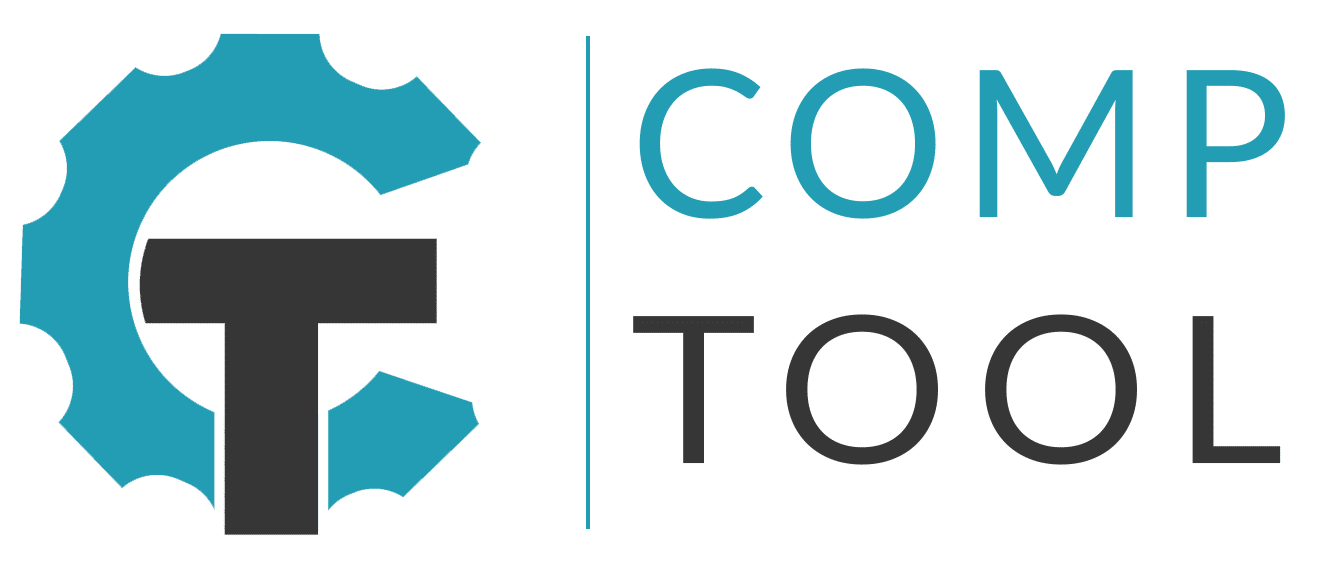Project WALDO
While most organizations have a defined set of peer companies that they compare themselves against, if the Organization doesn’t review where employees are coming or going, there may be blind spots hindering the ability to remain competitive for talent. Conducting a study like a Project WALDO can provide a significant amount of insight about your talent pool, and how to align your Organization in the labor market, not previously realized.
Since the purpose of a Project WALDO is to understand Where Are Leaders are Departing and Originating from, Project WALDO takes it’s origin from childhood books where the reader is tasked with looking for one special person, out of thousands, on a page – just like the challenges of talent acquisition. The parallels between these books and and talent acquisition is obvious – hence the acronym (that may, admittedly, be a bit of a stretch). Regardless of the quality of the acronym, understanding who you are competing with for talent with is a critical, and often overlooked aspect of an organization’s competitive practices. Understanding where talent is coming and going will better help to create a compensation philosophy that aligns the organization’s competitive stance in the market.
The main thesis behind conducting a Project WALDO is that by conducting a comprehensive review of where your employees are coming and going, you may be able to benchmark your jobs more effectively by using market data cuts that are more aligned to where you are seeing competition for talent. Project WALDO can be completed several different ways, but the end result should provide an overview of the types of Companies or Organizations you are competing for talent with. This type of analysis can be done through several different natural points in an employee’s life within the company, or through research:
Onboarding
During the candidate application process, candidates will typically submit a resume for the recruiting team’s review, which will have their work history. Adding a step to the onboarding process to track a new employee’s previous work experience (especially most recent employer) would allow the business an ongoing means to continually monitor their workforce and competitors for talent.
Exit Surveys
The most natural opportunity to capture where and why employees are leaving is through the off-boarding process, or the exit interview process. While properly designed exit surveys are instrumental in understanding why employees might be leaving, with respect to Project WALDO, where they are going is relevant. While not all employees may be willing to volunteer this information, many will be, and it is invaluable information in the context of this project.
LinkedIn is a powerful tool that has changed the way most companies find talent now, but in addition to finding talent, LinkedIn can play an important role of tracking previos talent, especially if the exit interviews are incomplete. Using even LinkedIn’s basic search functionality, the HR team has a tool that is powerful enough to quickly find where your separated employees have gone. By identifying the separated employees over a defined period of time, a manageable list of employees can be identified. Depending on the number of employees, this may be a project that the HR business partners, recruiting team, or even line managers (depending on the size of the organization) may be able to assist with to provide a comprehensive profile of the labor pool that your Organization competes for talent in. Note, it is important to note that automating this process through the use of automation scripts, bots or other services is against LinkedIn’s terms of service and can result in accounts being banned, meaning conducting a Project WALDO using LinkedIn may take some time.
Executing on this Knowledge
Information that can be derived from a Project such as Project WALDO can be useful to understand specifically which organizations are creating push and pull forces on your efforts to attract, retain and engage talent. Understanding what the appeal of organizations that are pulling your talent away can help your organization offer more competitive total rewards packages, both in terms of compensatory and non-compensatory benefits.



No responses yet